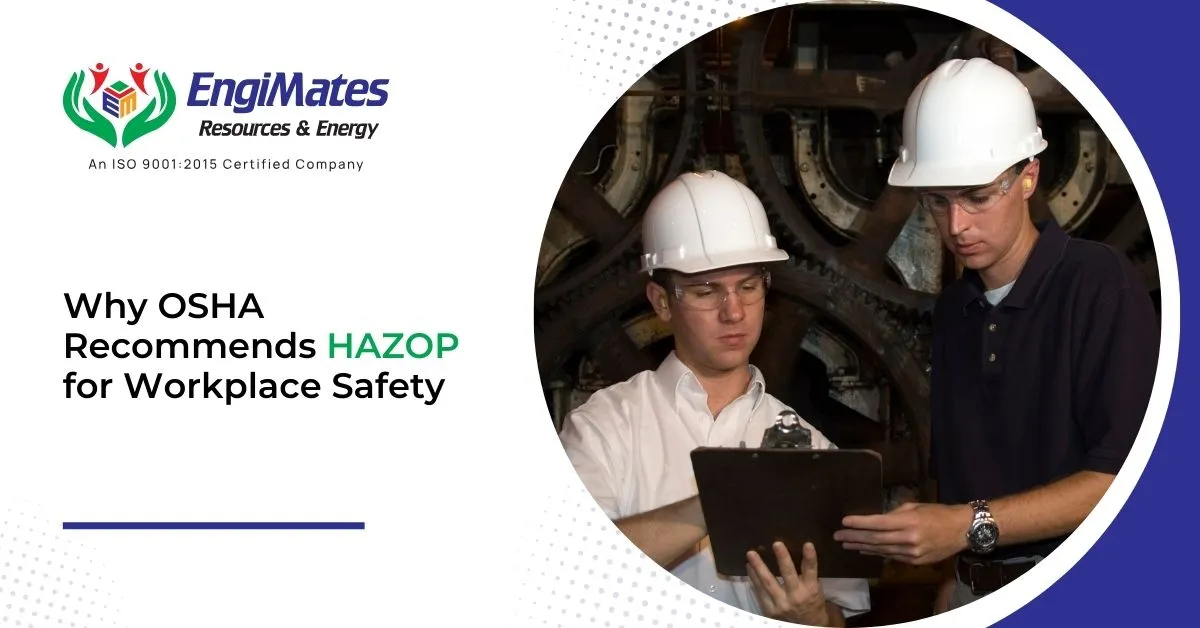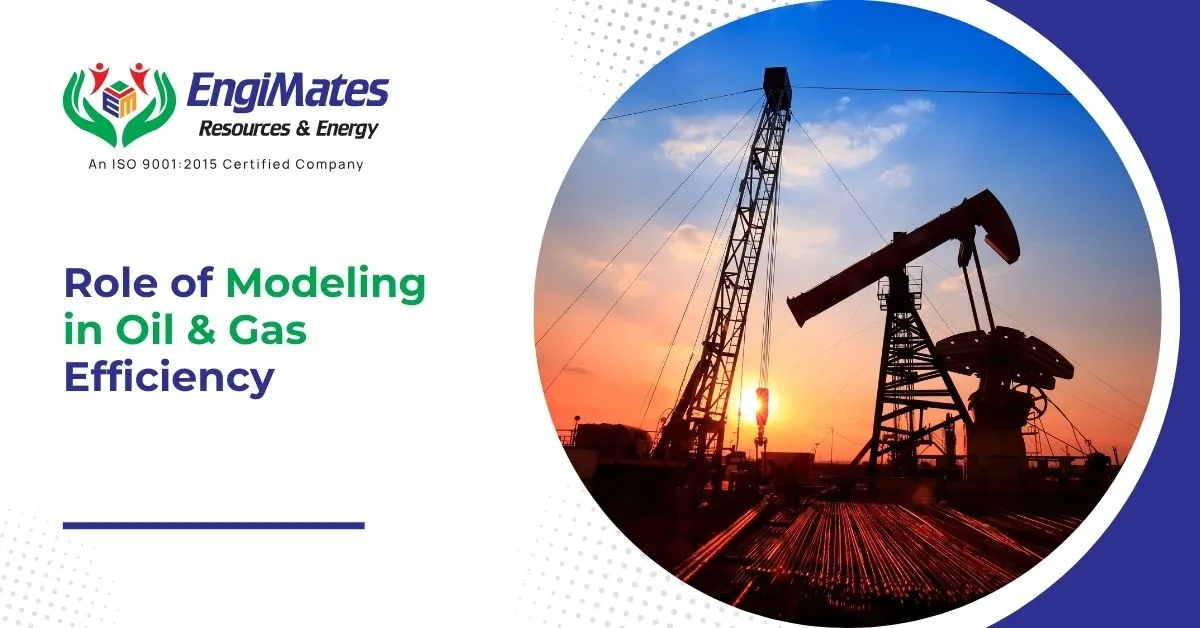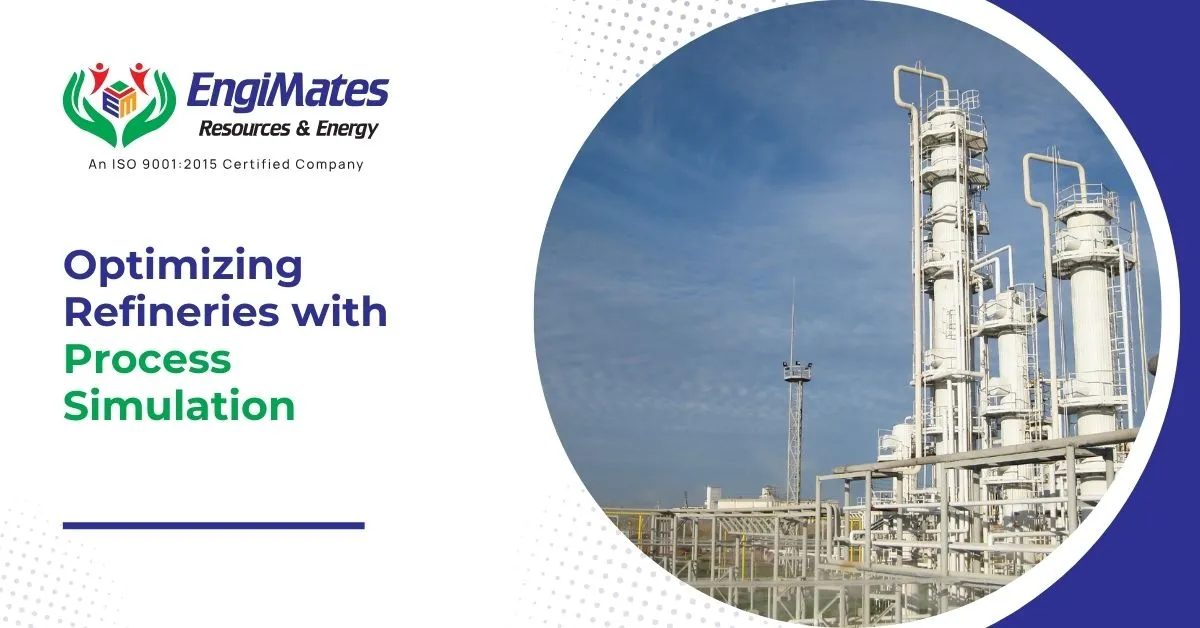Energy consumption is one of the largest operating costs in oil and gas refineries. Rising…

Ensuring workplace safety is a top priority for industries dealing with hazardous materials, complex processes, and operational risks. The Hazard and Operability Study (HAZOP) is a structured method recommended by the Occupational Safety and Health Administration (OSHA) to identify potential hazards and improve workplace safety. HAZOP plays a crucial role in risk assessment and compliance with OSHA regulations, making it an essential tool for industries such as oil & gas, chemicals, pharmaceuticals, and manufacturing.
Table of Contents
To support HAZOP implementation, industries rely on specialized services like Process Simulation & Modeling, Relief and Flare System Assessment, Technical Safety Services, Concept Development, and Design & Engineering Phase to mitigate risks effectively and enhance operational efficiency.
What is HAZOP?
HAZOP (Hazard and Operability Study) is a systematic approach used to identify potential hazards in industrial processes. This methodology examines how deviations from normal operations can lead to safety risks, equipment failures, or operational inefficiencies. By breaking down a process into smaller elements, HAZOP allows teams to analyse potential risks and implement corrective actions before an accident occurs.
Why Does OSHA Recommend HAZOP?
Proactive Risk Assessment
OSHA emphasizes the importance of proactive safety measures rather than reactive responses. HAZOP helps in identifying potential risks before they turn into incidents, reducing workplace accidents and ensuring a safer environment.
Compliance with OSHA Regulations
Industries must comply with OSHA’s Process Safety Management (PSM) standard (29 CFR 1910.119), which mandates employers to analyse potential hazards in processes involving hazardous chemicals. HAZOP is a widely accepted method for conducting process hazard analysis (PHA) to meet OSHA requirements.
Role of Process Simulation & Modeling in HAZOP
Process Simulation & Modeling is crucial for HAZOP studies, as it helps industries predict potential deviations in processes. By simulating different operational scenarios, businesses can identify hazards before they occur, enhancing overall safety and reliability.
Relief and Flare System Assessment for Hazard Control
Relief and Flare System Assessment is another vital component in HAZOP studies. This service ensures that emergency pressure relief systems function effectively to prevent catastrophic failures in industrial operations.
Enhancing Workplace Safety Culture with Technical Safety Services
By incorporating Technical Safety Services into HAZOP, organizations foster a culture of continuous improvement and hazard awareness. This approach ensures that safety measures are consistently updated to prevent accidents.
Concept Development for Safer Industrial Systems
HAZOP is an essential part of Concept Development, ensuring that new industrial systems are designed with safety as a priority. By identifying risks early in the design process, businesses can build safer and more efficient operations.
Design & Engineering Phase for Risk Mitigation
The Design & Engineering Phase plays a crucial role in integrating HAZOP findings into operational workflows. This service ensures that risk mitigation strategies identified during HAZOP studies are effectively implemented in industrial system designs.
Need expert HAZOP implementation? Contact us to enhance workplace safety, ensure OSHA compliance, and improve operational efficiency.
How to Implement HAZOP in Your Workplace
- Assemble a HAZOP Team: Form a multidisciplinary team including engineers, operators, and safety professionals.
- Define the Scope: Identify the process or system to be analyzed.
- Break Down the Process: Divide the system into smaller sections (nodes) for analysis.
- Identify Potential Deviations: Use guidewords like “More,” “Less,” “Reverse,” or “No” to assess deviations from normal operations.
- Evaluate Risks and Consequences: Determine how deviations can lead to hazards and their potential impact.
- Suggest Corrective Actions: Recommend safety measures to eliminate or minimize risks.
- Document Findings and Implement Changes: Maintain records and take necessary actions to enhance workplace safety.
- Review and Update Regularly: Continuous assessment ensures ongoing safety improvements.
Frequently Asked Questions
What is HAZOP in OSHA?
HAZOP (Hazard and Operability Study) is a structured methodology recommended by OSHA for identifying potential hazards in industrial processes and ensuring workplace safety.
What is the purpose of the HAZOP?
The primary purpose of HAZOP is to systematically analyse industrial processes, identify potential risks, and implement preventive measures to improve safety and operational efficiency.
What are the workplace hazards regulated by OSHA?
OSHA regulates various workplace hazards, including chemical exposure, electrical hazards, mechanical risks, fall protection, and ergonomic issues, to ensure worker safety and health.
Conclusion
OSHA strongly recommends HAZOP as a fundamental tool for workplace safety, risk assessment, and regulatory compliance. Implementing HAZOP in industrial settings helps prevent accidents, reduce operational risks, and foster a culture of safety. By adopting a proactive approach to hazard identification, organizations can ensure a safer and more efficient work environment while complying with OSHA regulations.




